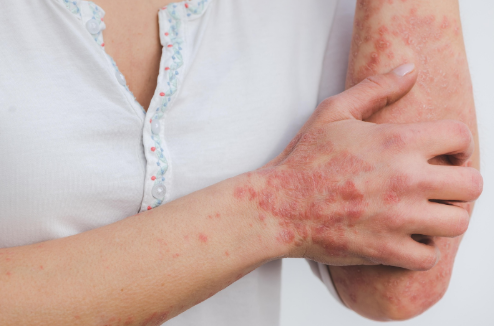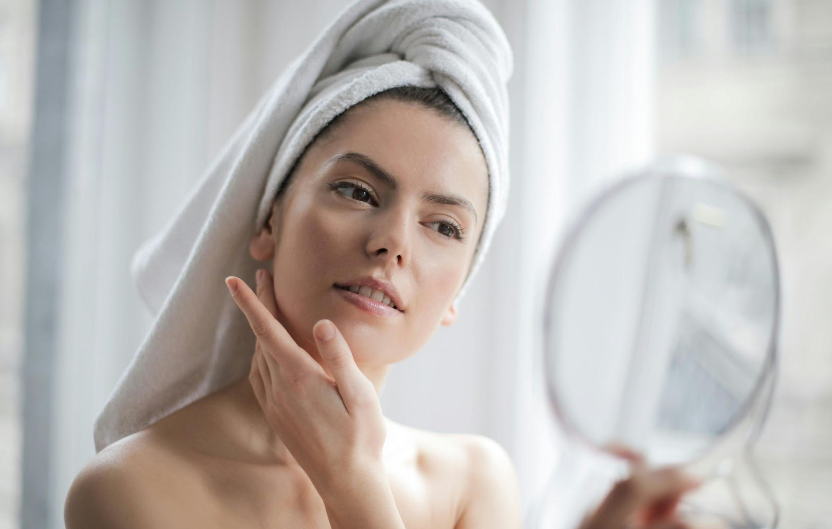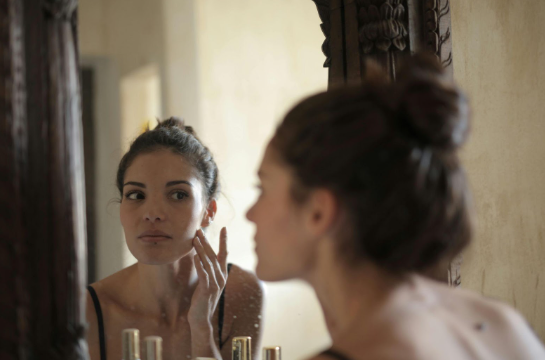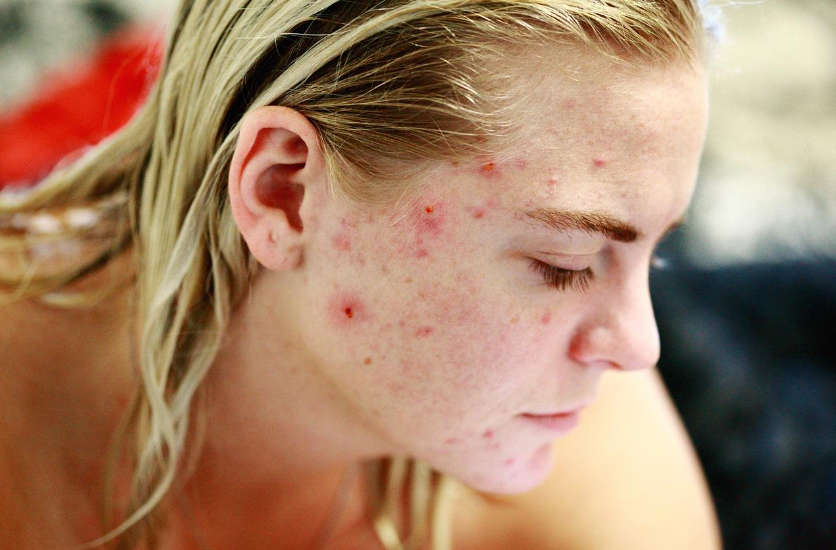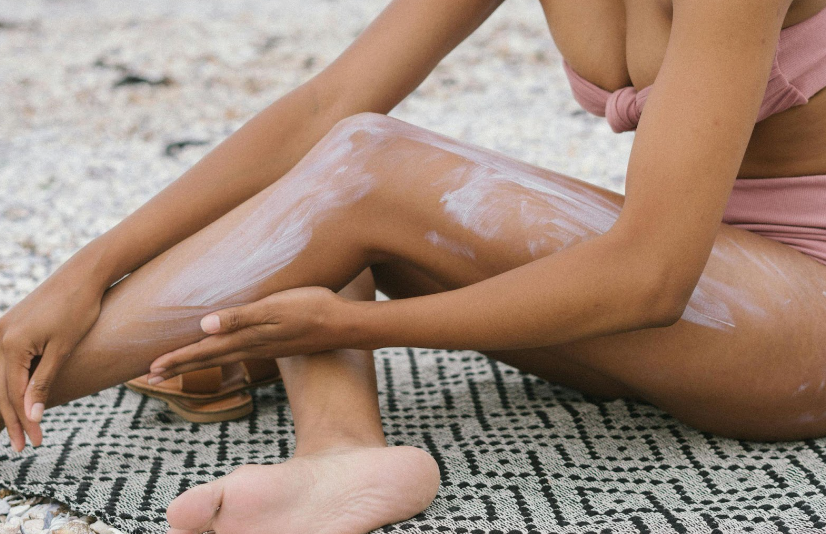Blog Layout
Warts and Treatment at Pine Belt Dermatology & Skin Cancer Center
Lauren Aycock, FNP-BC • September 5, 2019

Here we will discuss warts, the different types, and how me and my colleagues treat them! Warts are caused by the human papillomavirus (HPV). HPV is contagious, so it is easy to get this virus. It is for this reason that warts are so common! Many people get a wart when they have skin-to-skin contact with someone who has a wart. You can also get a wart by touching something that touched another person’s wart, such as a gym towel or the floor of a locker room. The type of wart that a person gets depends on the type of HPV that infects you and where it is located. Have you ever heard that you get a wart from touching a toad or a frog? Well, that is actually a myth. You cannot get warts from touching frogs or toads.
Types of Warts:
- Common Wart: these warts usually form on the fingers, around the nails where the virus can easily get into the body, such as near a bitten fingernail or hangnail. They also will form on the back of our hands. A common wart often looks like a rough bump. You may see black dots in the wart that look like seeds. In fact, they are often called “seeds”. These black dots are actually blood vessels. Because of these black dots, these common warts have a mythical name in laymen circles called “seed warts”.
- Plantar Warts: these are common warts that form on the soles of the feet. Plantar is the medical name for the bottom of the foot. If left untreated these warts can grow quickly and become very irritating. Most plantar warts are flatter than other common warts. This flattening is caused by walking and standing, which pushes the wart into the skin. This is what makes the plantar warts so painful. It is often described by patients that is feels as though there are stones in your shoes.
- Flat Warts: these can be found anywhere on the skin, but most are common on the face. Shaving seems to cause these warts to spread, so flat warts are common in the beard area of men and on the legs of women. Flat warts are smaller and smoother than common warts. When people get flat warts, they usually have many warts.
- Genital Warts: these warts usually appear in or around the genital region. People get genital warts through sexual contact. In some cases, a mother can spread genital warts to her baby during child birth when the baby passes through the birth canal. Any pregnant woman who has had genital warts should tell her doctor so that steps can be taken to prevent spreading the virus to the baby.
Many types of warts are usually harmless and tend to disappear with time. Since it can take a few months to a year for warts to disappear, treatment may be recommended. Treating warts does reduce the risk of the warts spreading to other areas of the body or even to other people. There are some wart treatments that are available without a doctor’s visit or prescription. However, it is very important that you see a dermatologist about your warts if any of the following occurs:
- You have warts in your genital area or anus.
- You notice that a wart hurts, itches, or bleeds.
- You have more than a few warts.
- You cannot get rid of the warts with an over-the-counter treatment you are using.
- You are unsure if the spot in question is a wart or some other skin lesion.
We offer many wart treatments at Pine Belt Dermatology & Skin Cancer Center. Treatments prescribed vary with age, type of wart, lifestyles, and many other considerations. There is not a cookie-cutter treatment for these nasty little bumps, and that is what can make them so frustrating with over-the-counter therapies. Some warts are extremely stubborn and require the providers here to use more than one type of treatment to clear the warts.
Most of the treatments you can use outside of the office contain salicylic acid. When that doesn’t work and you come to see us, we can prescribe medicine that contains a stronger dose. These medications are usually applied every day after bathing/showering or soaking the wart. These medications can take many weeks before the wart is gone. Medicine with salicylic acid should be stopped, at least for a short time, if the wart or the skin around it becomes sore. Additionally, there are a number of in-office treatments for warts that can be very effective. The reason these are done in the office is because the warts can grow deep into the skin, so some patients end up needing a few, or even several treatments to get rid of the warts. The following treatments can be done in the office here at Pine Belt Dermatology:
- Cryotherapy: this is a common treatment for warts. In the office, we will freeze the wart with liquid nitrogen, which then causes the wart to blister and later fall off. To prevent freezing healthy skin, which is bad for obvious reasons, patients often need more than one treatment. Some people will notice a lighter spot form on the skin that is treated with cryotherapy. This is a change that takes place more often in people who have darker skin.
- Cantharidin: this is a treatment that is done by painting the wart with a chemical that causes a blister to form underneath the wart. It is not uncommon for patients to require a one-week follow up so that the provider can clip away the dead part of the wart and re-treat an skin where the wart is remaining.
- Electrosurgery: this is a treatment that destroys the wart by burning it off of the skin.
There are some warts that are harder to treat than others. Plantar warts, for instance, are hard to treat because the bulk of the wart lies below the surface of the skin. There are some additional therapies done in the office that we reserve for the warts that are very hard to treat:
- Excision: one of our providers may surgically remove the wart.
- Laser Treatment: lasers are an effective treatment for some warts, but it is not necessarily the best for all types of warts. Depending on how stubborn the warts are, this may be a treatment option that a Pine Belt dermatology provider will suggest.
- Chemotherapy: when warts remain despite many treatments, a chemotherapeutic medicine may be recommended. Now, I know this evokes a state of panic. This therapy does not mean that you have cancer. These medications are used to slow the growth of the HPV causing the warts. Studies show that these therapies are very effective at clearing difficult to treat warts. These are medications reserved for the most stubborn and difficult cases.
So how do you prevent new warts from appearing? One wart is bad enough, and even if you treat it, there is always a chance you have another one appear later on. To wrap up this blog post, I’ve listed some prevention tips below:
- Do not pick or scratch at existing warts. While they can be infuriating, scratching these can spread the virus to other parts of the body. And you certainly do not want that!
- Wear flip-flops or pool shoes in locker rooms, pool areas, and showers/bath tubs that are shared or used by many people such as those in hotel rooms and health clubs. The reason for this is because the HPV spreads easily in warm humid conditions. I’ll share a fun fact on one of our providers here at Pine Belt Dermatology. Probably because of the horrific warts he has treated, Dr. Roy takes flip-flops with him when he is travelling for business or vacation so that he does not have to worry about getting a wart from hotel showers!
- Do not touch someone else’s wart. This should go without saying, but someone else’s wart is very contagious.
- Keep your feet dry when you can. Your feet are naturally very wet and moist, however moisture helps warts spread. So, if you have an existing wart on your foot be sure to let them air out from time to time. The same is true for warts on the hand, especially if you work with or wear gloves often.
Warts are benign (not cancer). Warts are extremely common and should not cause you to worry. If you would like help treating your wart, one of the dermatology experts at our facilities can help make sure that warts are properly treated, giving you the best chance at a positive result.
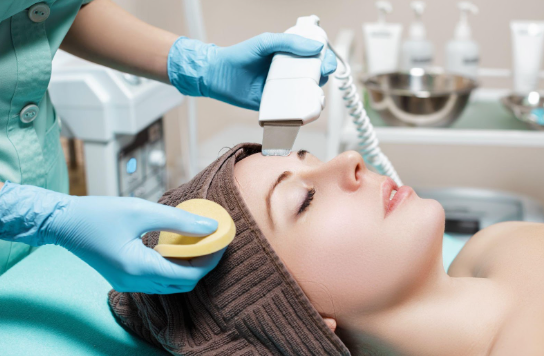
April 7, 2025
Your skin, the body's largest organ, is a vital indicator of your overall health. Changes in its appearance can signal underlying medical conditions that may require attention. Whether it’s ensuring you’re getting the right nutrients, managing stress, or seeking professional care, being attuned to what your skin tells you makes it easier to stay on top of your health.
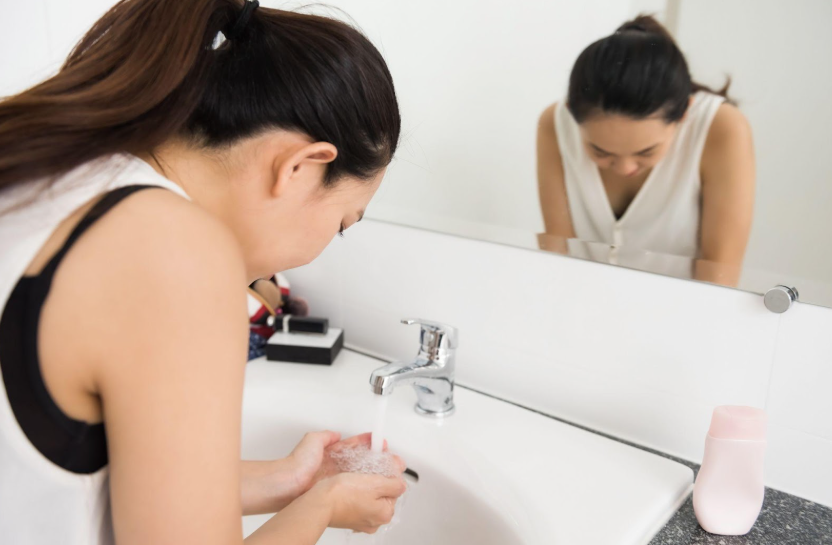
February 14, 2025
Achieving healthy, glowing skin begins with an effective cleansing routine. However, small mistakes can disrupt your skin’s natural balance, leading to irritation, breakouts, or premature aging. Avoiding these common errors and incorporating advanced techniques can significantly impact your skincare journey.
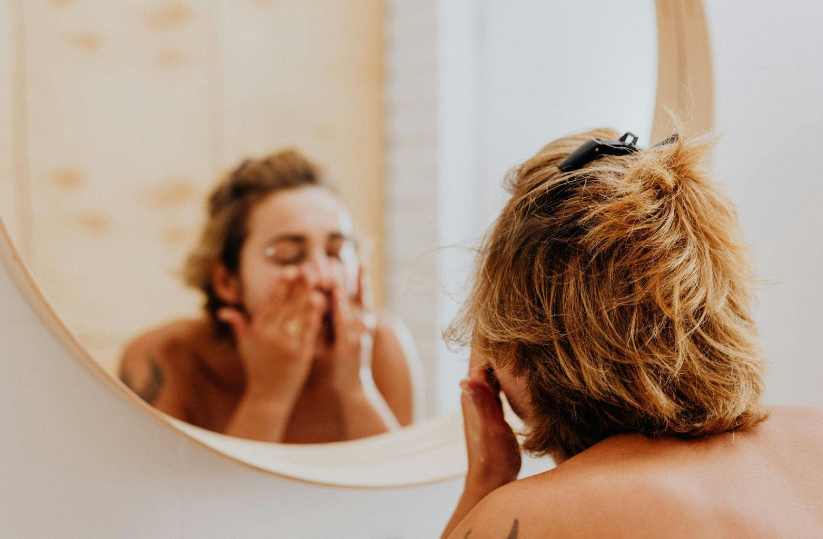
October 25, 2024
You’ve likely felt it in your life: that uncomfortable feeling of tightness, flakiness, and sometimes even itchiness that can make your skin look and feel less than its best. But what exactly causes dry skin, and how do you treat it? Don’t fret because we’ve put together some treatment tips that can help your dry skin regain its moisture.
Petal Office
Phone:
Fax:
601-336-7826
Address:
Hours of Operation:
Mon-Fri: 8:00am to 4:30pm
Hattiesburg Office
Phone:
Fax:
601-475-9969
Address:
Hours of Operation:
Mon-Fri: 8:00am to 4:30pm
Ellisville Office
Biloxi Office
Phone:
Fax:
228-232-0874
Address:
1009 Tommy Munro Drive, Suite A
Hours of Operation:
Mon-Fri: 8:00am to 4:30pm
Ocean Springs Office
© 2025
All Rights Reserved | Pine Belt Dermatology

